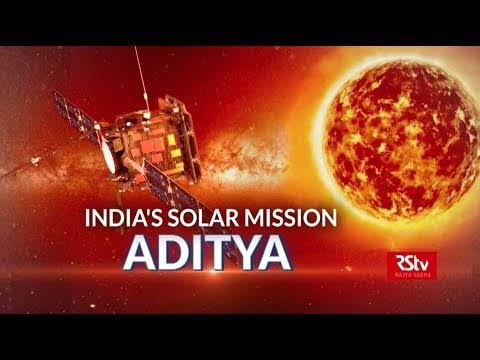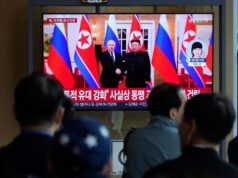ISRO’S to resolve mysteries of surya through Aditya

The ISRO satellite around the L1 point, would guarantee a major advantage of continuously viewing the Surya without any eclipse for the entire duration of the mission of at least five years
With Chandrayaan-2 and Gaganyaan already scheduled, ISRO will soon decided to head out for L1 point — to study the Surya.
Nearly a decade after successful flying millions of kilometers to the Mangal orbit in its first-ever inter-planetary mission, ISRO is now going for the Surya. India’s first solar mission – Aditya L1 has been under planning since long.
Though planned for this year, the mission has already suffered multiple delays, only to be pushed further back by the pandemic. However ISRO is now speeding up all its pending missions including a second Chandrama landing with Chandrayaan-2 this year, country’s first solar mission has also gathered pace and is now edging towards completion.
Dr Sankarasubramanian K of the Space Astronomy Group (SAG) of UR Rao Satellite Centre (URSC), Bengaluru, is now leading the work on readying all the scientific payloads for Aditya-L1. The mission is crucial, and it will help the global scientific community better understand the all-powerful Surya, but ISRO has a hard task to navigate a challenging orbit millions of kilometres away to reach the point.
The Surya has eluded western scientists for long — the closest star that carries the secret to the ultimate source of energy that drives life on Prithvi. The US-led National Aeronautics and Space Administration (NASA) and other international space agencies already have a fleet of spacecraft which have been studying everything from its atmosphere to its surface. Launched in 2018, NASA’s Parker Solar Probe in fact became the first space craft to have had the closest encounter with the Sun in 2021.
However Indians have been studying Surya is evident from our Vedas and Purans and all the astrological calculations based on it. The Indian calendar is based on Lunar cycle but there is provision of additional month to match it with Prithvi’s orbit around the Surya.
However for the modern Indian Space Research Organisation (ISRO), it will be a first such mission to study the Surya.
The idea is to place the spacecraft in a halo orbit around the first Lagrange point — L1 of the Surya Prithvi system. L1 is a vantage point in space where the gravitation forces of the Prithvi and the Surya are roughly equal – such that a satellite can orbit steadily around both the Prithvi and the Surya, and monitor it 24/7….. remember the story of TRISHANKU, where did the idea come from, unless someone had studied it.
With the ISRO satellite around the L1 point, it would guarantee a major advantage of continuously viewing the Surya without any eclipse for the entire duration of the mission of at least five years.
According to the plan, Aditya-L1 would carry as many as seven payloads which would observe the three layers of Surya — photosphere, chromosphere, and the outermost layers — the corona using electromagnetic and particle detectors. Four of the payloads would directly view Surya from the unique vantage point of L1, while the remaining three would carry out in-situ studies of particles and fields at L1.
Scientists would be able to study coronal heating, and delve more into the particle dynamics of Surya. Till date, it remains a burning mystery, and researchers have been trying to understand the physics of its heating mechanism where surface temperatures shoot up to 5700 ℃. They want to decode the sequences that occur at its multiple layers, which drive its processes, and the magnetic field around it.
The payloads will also look at gaining new information into drivers for space weather, and what forms solar winds.
A Science Working Group with physicists from several institutes of India including the Bengaluru-based Indian Institute of Astrophysics (IIA) which are engaged in solar science research has already been working to finalise the mission design.




